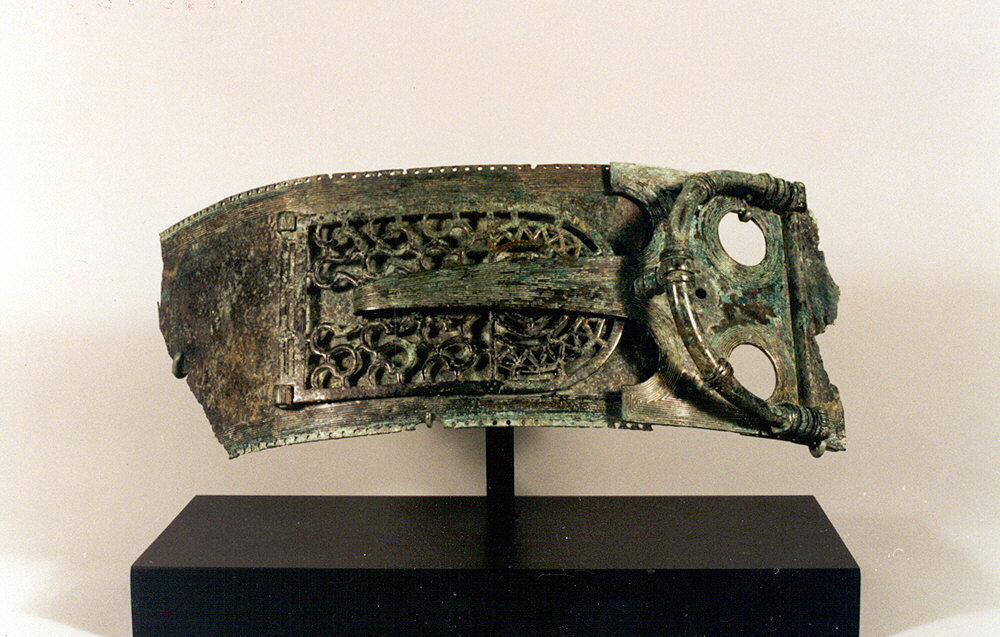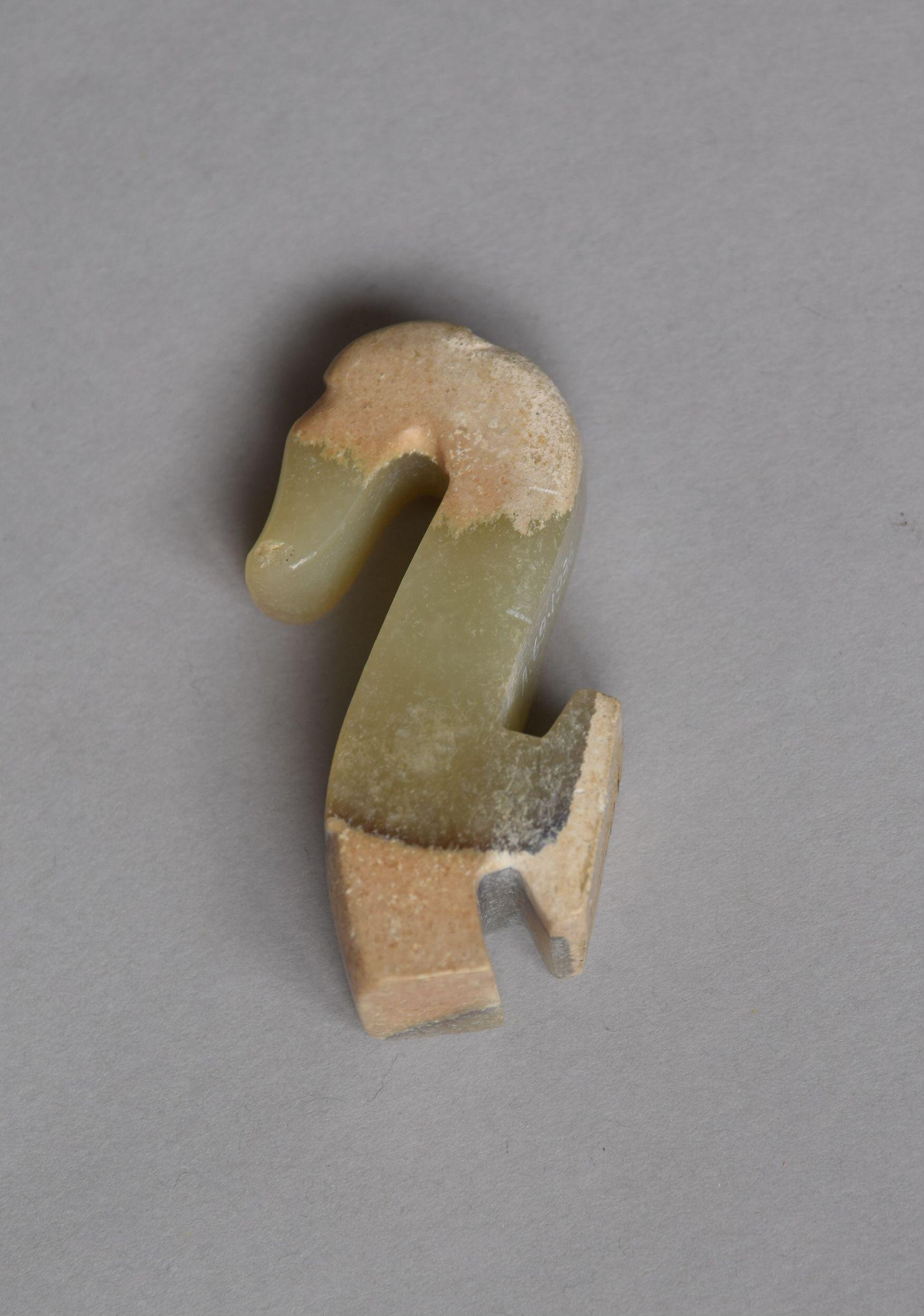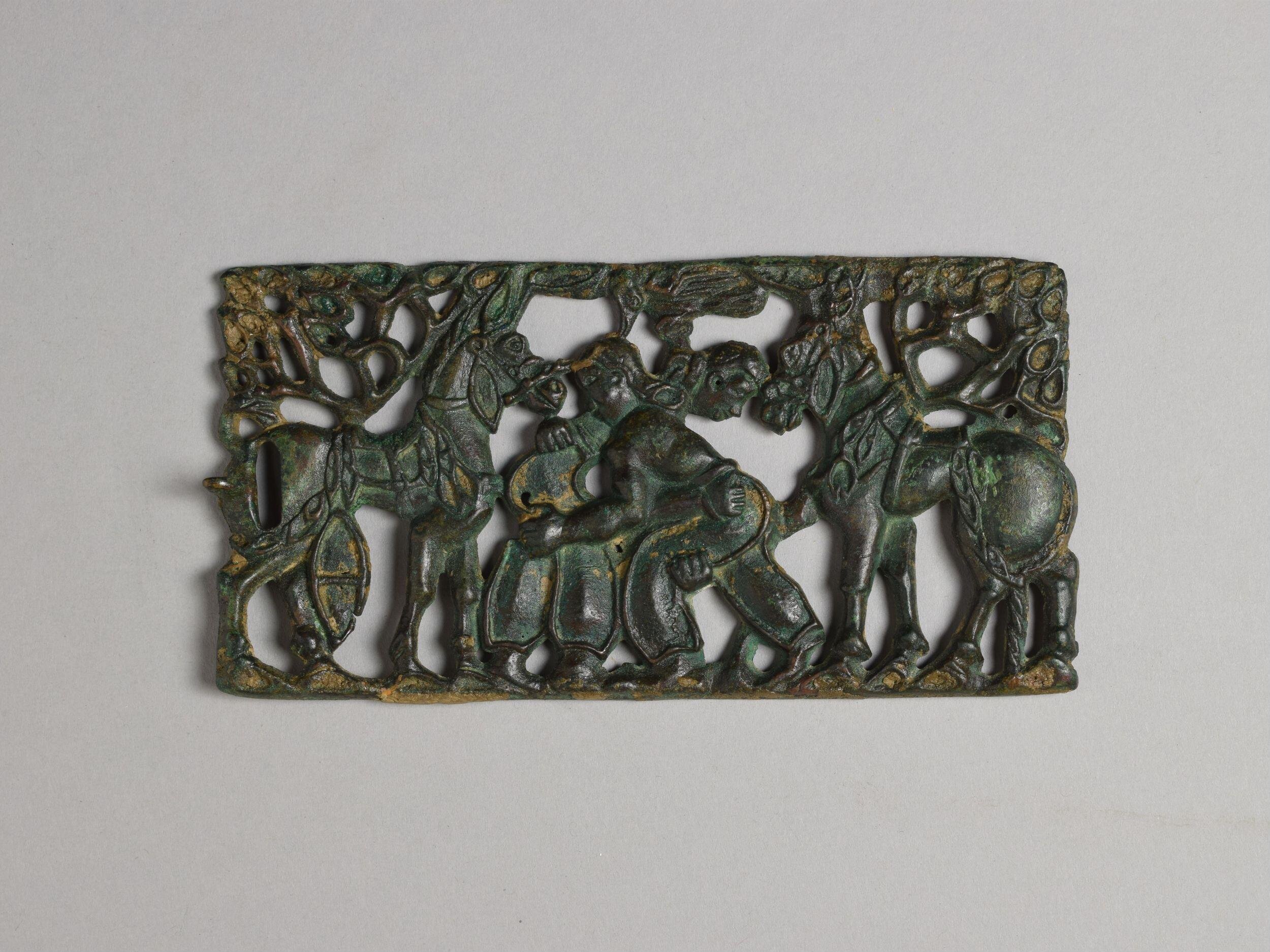CULTURAL SERVINGS:
EPHEMERAL ECHOES
EDWARDIAN PURSE
SCRIMSHAW AND LOVE TOKENS
PILCHARDS AND TROYL
BELTS
LEATHER TANNING
BEER TIME
BEER MATS
LUNCH BOX
SLOW MOVEMENT
SUMMER HEAT
NATURAL DYES
FRAKTUR ART
THE CRIES OF LONDON
SHAKER FURNITURE
BAUHAUS BRUTALISM
BAUHAUS INTERIOR
BAUHAUS SPIRIT
BAUHAUS HISTORY
ROMANTICISM AND REVIVAL
HISTORY OF THE MUSEUM
CABINETS OF CURIOSITY
BELTS





THE ESSENTIAL ACCESSORY
Belts are one of the most practical and trusted accessories in our wardrobes. From their utilitarian origins, carrying tools and weapons, they have stood the test of time. When associated with battle or military, belts can be an indicator of status and nobility. Reliably through history, they have also become an object symbolic of strength, eternity and protection.
The earliest documented belts are from the Bronze Age, worn by both men and women. For men, belts held their swords close by, a clear indicator of authority and strength. For women, their status was demonstrated through belt ornaments, often large plates with intricate motifs. The swords, belts and ornaments are a testament to immense craftsmanship, even in prehistoric times.
In Ancient China, belt hooks were the predecessor of the buckle. Made from jade initially, they went on to be intricately designed and cast in metal, an art form in themselves. The Roman Army were well-known for their elaborate use of the belt. Known as the balteus or cingulum, their heavy, tasselled belts were the sign of being a soldier. Worn both off and on duty, these belts summoned respect, a theme carried with the belt of thousands of years.
In Medieval Europe, layering loose fitting tunics was fashionable for the commoner, so drawstring belts were used on the waist to keep the layers in place. By the 1300’s, this had been replaced with leather belts, a material that was becoming more readily available. However, belts adorned with metal work and precious stones were an indicator of nobility and authority and therefore gifted to people in wealthier classes.
During the Renaissance, belts or girdles were used to exaggerate the waistline. Yet, in modern women’s fashion, belts have consistently flipped between functional and decorative. In the Art Nouveau period, belt buckles were designed to the same level of detail as a brooch. When the 1930’s saw the popularity of women’s trousers on the rise, belts became more important and necessary than ever.
Belts have also been a key feature of workwear since the 1920’s, when Levi Strauss added belt loops to his overalls and jeans. For the labourer’s belt, leather has long been the most hard-wearing and durable material. Despite proving to be an indispensable accessory, the significance of the belt and its buckle are now sadly often overlooked. To bring them back to life, we’ve handcrafted a new set of vegetable-tanned leather belts.
REFERENCES
https://medievalroyalwardrobelexis.wordpress.com/2016/07/26/medieval-belts-symbolism-function/
https://en.natmus.dk/historical-knowledge/denmark/prehistoric-period-until-1050-ad/the-bronze-age/men-and-woman-in-the-bronze-age/the-womens-belt-ornaments/
https://www.romanobritain.org/8-military/mil_roman_soldier_belt.php
https://www.britannica.com/topic/dress-clothing/Medieval-Europe